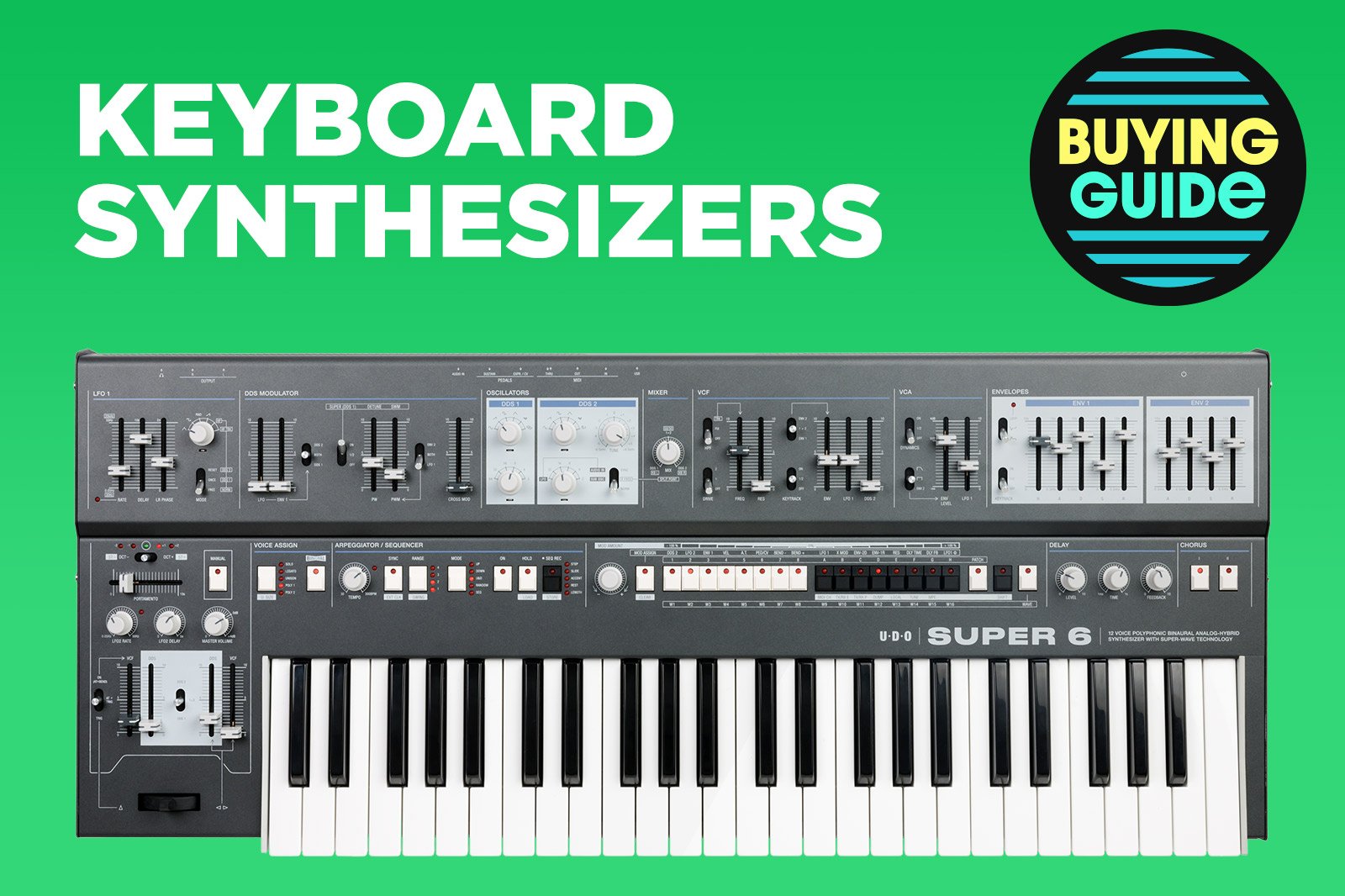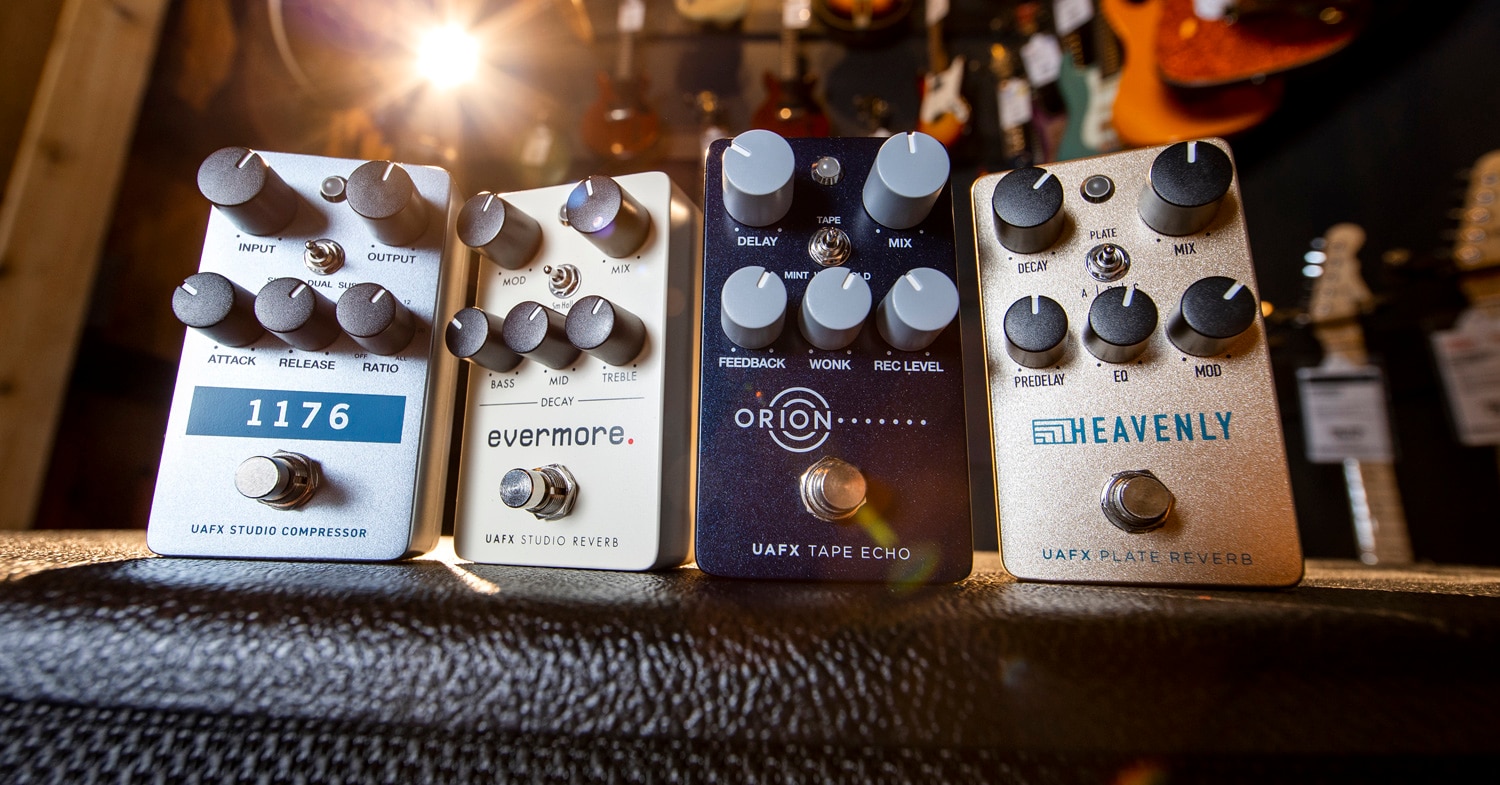Reduce guitar amp simulator latency by adjusting buffer size and sample rate settings for better performance. Implementing these strategies can significantly improve your experience when using amp simulators for guitar recording or live performances.
When working with guitar amp simulators, achieving low latency is crucial to maintain a natural feel and responsiveness. By following practical steps to reduce latency, you can elevate the quality of your guitar playing and recording sessions. This guide will outline effective techniques that you can apply to minimize latency and optimize the performance of your guitar amp simulator.
Let’s delve into the specifics of how you can address and overcome latency issues, ensuring a seamless and enjoyable experience when using amp simulators.

Credit: www.perfectcircuit.com
Understanding Latency
Understanding Latency:
Exploring Digital Signal Processing
Digital signal processing is crucial in guitar amp simulators to recreate authentic sounds.
Factors Contributing To Latency
- CPU processing speed impacts latency in amp simulators.
- Sample rate and buffer size affect real-time processing.
- Software optimization plays a key role in minimizing latency.
Latency can disrupt the real-time response of amp simulators and affect the overall user experience.
Techniques For Reducing Latency
Techniques for Reducing Latency:
Reducing latency in guitar amp simulators can significantly enhance your playing experience. Here are practical methods to minimize latency and achieve seamless performance.
Optimizing Computer Performance
Ensure your computer is optimized for running amp simulators smoothly. Close unnecessary programs and updates to free up resources.
- Close unused apps
- Avoid running heavy applications simultaneously
Adjusting Buffer Settings
Proper buffer settings are crucial in reducing latency. Adjust buffer size in your audio interface settings for optimal performance.
- Lower buffer size for lower latency
- Balance buffer size to prevent audio glitches
Implementing these techniques can drastically reduce latency in guitar amp simulators, allowing you to play seamlessly and without interruption. Practice these methods to enhance your musical performance and overall experience.
Hardware Considerations
When it comes to reducing guitar amp simulator latency, it’s essential to consider hardware setup for optimal performance. Making the right choices in hardware can significantly impact latency, providing a seamless experience for guitarists. Hardware considerations such as audio interfaces, cables, and connections play a crucial role in minimizing latency and delivering high-quality sound.
Choosing The Right Audio Interface
When selecting an audio interface for guitar amp simulator setups, the right interface can make a substantial difference in latency performance. Look for interfaces with low-latency monitoring, high sample rates, and reliable drivers. USB 2.0 and USB 3.0 interfaces are recommended for fast data transfer, aiding in reducing latency for a smooth playing experience.
Impact Of Cables And Connections
The quality of cables and connections in your setup can affect latency. Using high-quality instrument cables and balanced connections can help minimize interference and signal degradation, leading to lower latency. Opt for shorter cable lengths between the guitar, audio interface, and amp simulator to reduce signal travel time and ensure minimal latency.

Credit: www.guitarcenter.com
Best Practices For Low-latency Playing
Discover the best methods for reducing latency when using a guitar amp simulator in this practical guide. Learn how to optimize your setup and improve your low-latency playing experience.
Utilizing Direct Monitoring
Direct monitoring is a game-changer when it comes to minimizing latency while playing with a guitar amp simulator. Instead of relying solely on software processing, direct monitoring allows you to hear your guitar’s signal directly from the input of your audio interface, bypassing the virtual processing altogether.
By using direct monitoring, you can reduce latency to an almost-unnoticeable level, allowing for a seamless playing experience. To enable direct monitoring, ensure that your audio interface has a dedicated direct monitoring feature, and connect your headphones or speakers directly to the interface outputs.
Practical Tips For Minimizing Latency
Reduce latency to the bare minimum with these simple yet effective tips:
- Optimize your computer’s performance by closing unnecessary applications and processes that may consume resources.
- Use a high-quality audio interface with low-latency drivers specifically designed for real-time audio processing.
- Adjust your buffer size settings in your digital audio workstation (DAW) or amp simulator software to a lower value. However, keep in mind that extremely low buffer sizes can strain your computer’s processing power.
- Ensure your audio interface is connected to a high-speed USB or Thunderbolt port for optimal data transfer.
- Consider investing in solid-state drives (SSDs) for faster read and write speeds, improving your computer’s overall performance.
By following these practical tips, you can significantly reduce latency and achieve a more responsive and realistic playing experience with your guitar amp simulator.

Credit: daleproaudio.com
Frequently Asked Questions On Reducing Guitar Amp Simulator Latency A Practical Guide
Q: What Causes Latency In Guitar Amp Simulators?
A: Latency in guitar amp simulators is caused by the time it takes for the audio signal to be processed and played back through your computer or device. Factors such as processing power, buffer size, and software optimization can impact latency levels.
Q: How Does High Latency Affect Guitar Amp Simulations?
A: High latency can cause a noticeable delay between when a note is played and when it is heard through the amp simulator. This delay can make it difficult to play in sync with other musicians or recordings. It can also affect the feel and responsiveness of the guitar, making it less enjoyable to play.
Q: Can I Reduce Latency Without Investing In New Gear?
A: Yes, there are several steps you can take to reduce latency without spending money on new gear. These include optimizing your computer’s performance, adjusting buffer settings, using direct monitoring, and disabling unnecessary plugins or background processes.
Q: How Can I Optimize My Computer For Low Latency?
A: To optimize your computer for low latency, close any unnecessary programs and processes running in the background, update your audio interface driver to the latest version, and ensure your computer meets the system requirements of your amp simulator software.
Conclusion
Incorporating these practical tips for reducing guitar amp simulator latency will enhance your playing experience. By optimizing your setup and adjusting software settings, you can achieve lower latency and improve your overall performance. Implementing these strategies will allow you to fully immerse yourself in the music without any technical hindrances.